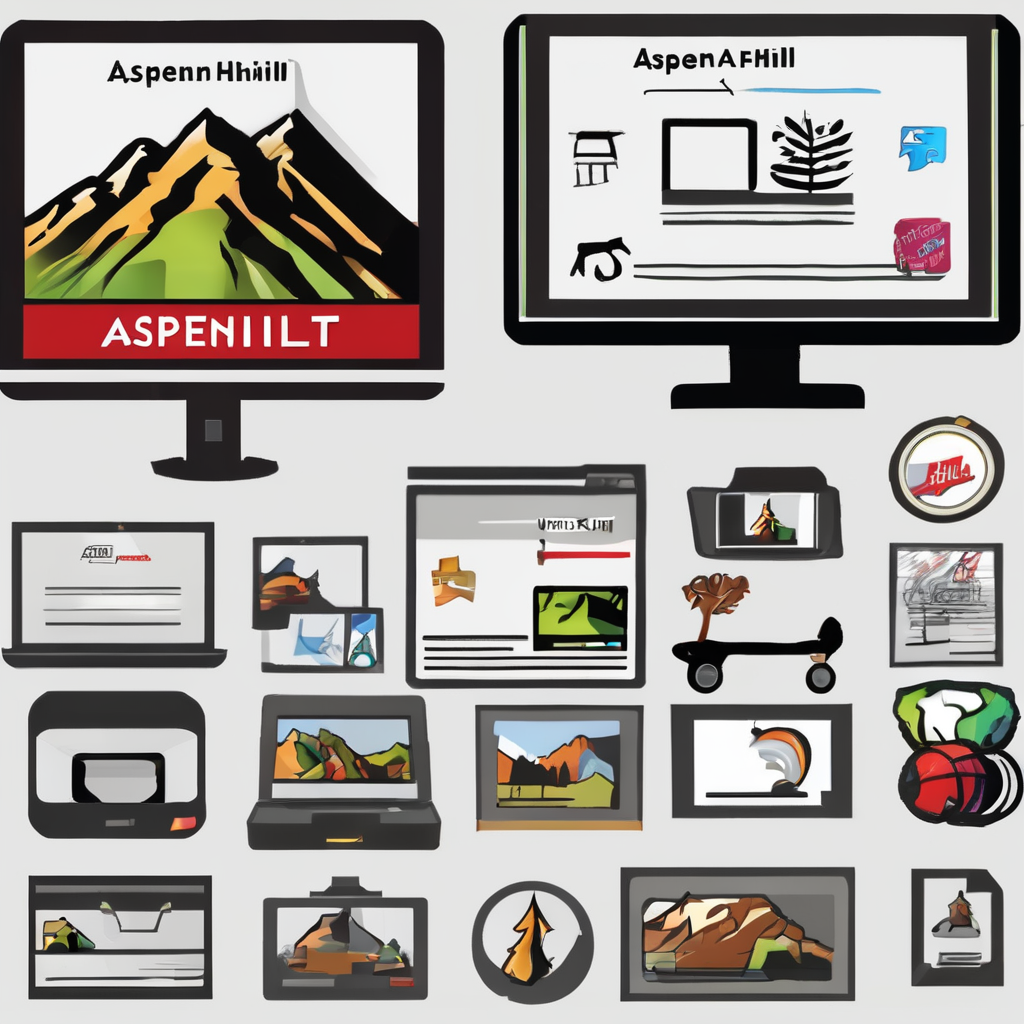Essential Steps for Ensuring Pet Safety at Home and Outdoors
Creating a safe home for pets is fundamental to preventing accidents and ensuring long-term well-being. Begin by identifying risks such as exposed wires, toxic plants, or accessible cleaning products. Securing these hazards minimizes the chance of injury. For example, many common household plants can be toxic to cats and dogs if ingested.
Outdoor pet safety requires careful supervision and preparation. Use secure fencing and leash your pets during walks to prevent escapes or collisions with vehicles. Always check the environment for dangers such as sharp objects, poisonous wildlife, or harmful chemicals like pesticides.
In the same genre : How Do Pets Impact the Lifestyle Choices of Their Owners in the UK?
Accident prevention also involves understanding species-specific risks. Small pets like rabbits or guinea pigs need enclosures that protect against predators and extreme weather. Dogs, especially active breeds, benefit from safe play areas free from hazards that could cause injury.
In the UK, maintaining pet safety is not just about physical barriers but also attentive care. Regularly inspect both indoor and outdoor spaces, adapting as your pet’s needs change. By consistently applying these safety measures, owners can create a secure environment that supports their pets’ health and happiness.
Have you seen this : What are the benefits of microchipping pets in the UK?
Essential Steps for Ensuring Pet Safety at Home and Outdoors
Creating a safe home for pets demands deliberate pet-proofing to reduce risks. Start by storing hazardous substances like household cleaners and medications out of reach. Electrical cords should be secured or covered to prevent chewing, which is a common cause of injury, especially for curious dogs and cats.
When focusing on outdoor pet safety, supervision is key. Leashing dogs during walks prevents accidents with traffic or other animals and guarding against escape reduces the risk of injury or loss. For small animals such as rabbits or guinea pigs, outdoor enclosures must be robust enough to keep out predators and shield from weather extremes.
Accident prevention also involves eliminating common hazards specific to pets’ behaviors. Sharp objects, toxic plants, and chemicals like pesticides are frequent dangers that require vigilant control. For instance, many garden plants are toxic to cats, while dogs are prone to eating inappropriate items outdoors, increasing health risks.
By establishing these practices, pet owners across the UK improve their pets’ safety effectively, ensuring both indoor and outdoor environments are secure and suitable for their animal companions.
Essential Steps for Ensuring Pet Safety at Home and Outdoors
Creating a safe home for pets requires more than just removing obvious dangers; it involves a comprehensive pet-proofing strategy. Pet safety UK experts recommend securing cabinets and drawers where harmful substances might be kept since pets can easily access these spaces. Electrical cords should be hidden or protected, as chewing can lead to severe injuries or electrical hazards. Regularly inspect the home environment to address any new threats that arise as pets grow or explore more.
When considering outdoor pet safety, supervision is paramount. Pets left unattended outdoors face diverse risks, from traffic accidents to encounters with wildlife. Always use sturdy leashes or harnesses during walks, and ensure garden fencing is in excellent condition to prevent escapes. For small pets, outdoor cages must be predator-proof and provide shelter from weather changes, supporting accident prevention effectively.
Reducing common hazards specific to different animals enhances pet safety UK-wide. Cats might ingest toxic plants, while dogs could consume harmful objects like discarded food or garden chemicals. Owners should identify and eliminate these risks proactively. Understanding species-specific vulnerabilities and continuously adapting the environment illustrates the commitment needed to ensure pets remain safe indoors and outdoors.
Essential Steps for Ensuring Pet Safety at Home and Outdoors
Creating a pet-proof home environment is the first crucial step toward comprehensive pet safety UK. This means not only securing harmful substances but also adapting your living space as your pet grows or explores more to prevent accidental ingestion or injury. Electrical cords and small objects should be consistently monitored and made inaccessible, as pets, especially dogs and cats, are naturally curious and prone to chewing or swallowing foreign items.
For outdoor pet safety, supervision remains essential. Walking dogs on sturdy leashes and checking the condition of fences ensure that pets cannot escape or encounter dangers such as traffic or aggressive wildlife. Additionally, outdoor enclosures for small pets must be predator-proof and provide shelter from weather fluctuations.
Accident prevention also involves identifying specific hazards per species. For example, cats are vulnerable to toxic plants commonly found in UK gardens, while dogs might ingest poisonous chemicals or discarded food during walks. Regularly assessing both indoor and outdoor environments and removing these risks ensures your pet’s safety and contributes to their overall well-being. Establishing these thorough practices helps to uphold the standards of pet safety UK in both home and outdoor settings.
Essential Steps for Ensuring Pet Safety at Home and Outdoors
Creating a truly safe home for pets involves anticipating risks unique to each pet’s behaviour and environment. Beyond typical pet-proofing, ensuring surfaces are non-toxic and chew-resistant reduces injuries. For example, dogs often explore with mouths, so removing small objects they might swallow is vital for accident prevention.
Outdoor pet safety demands vigilant supervision and secure barriers. Keeping dogs on sturdy leashes during walks not only prevents escapes but also avoids contact with hazards like traffic or toxic plants. Small pets such as rabbits require enclosed spaces that protect them from predators and extreme weather conditions, ensuring they remain safe outdoors.
Reducing common hazards involves regular inspection and adaptation. Many UK gardens grow plants hazardous to pets, so identifying and removing these is essential. Dogs can ingest harmful chemicals or spoiled food outdoors, so careful monitoring during walks is necessary. Cats, prone to climbing, need safe access points and shaded areas to avoid overheating or injuries.
By integrating these detailed approaches to both indoor and outdoor settings, pet owners can actively engage in effective pet safety UK practices that minimize risks and provide a secure environment adaptable to their pet’s evolving needs.


